#madame d'etampes
Text

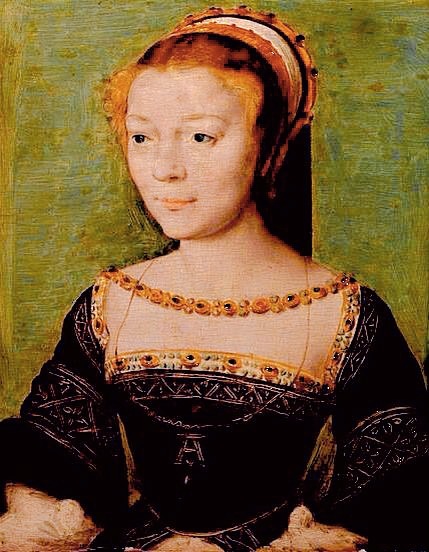
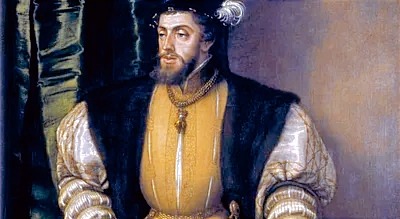
Eleanor of Austria, Anne de Pisseleu and Charles V
In 1538 Eleanor of Austria and her brother Charles V saw each other for the first time in eight years. During the meeting in Aigues-Mortes, Eleanor played a prominent role, arriving with “an infinite number of ladies”, including the Dauphin’s wife, Catherine de Medici, Francis I’s daughter, Marguerite of France, and Margaret of Navarre’s daughter, Jeanne d’Albret. To Eleanor, this was the moment she revelled in because, for the first time since becoming Queen of France, she managed to foster peace between her brother and husband.
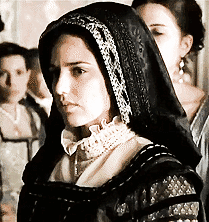
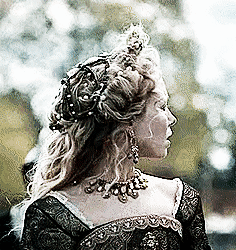
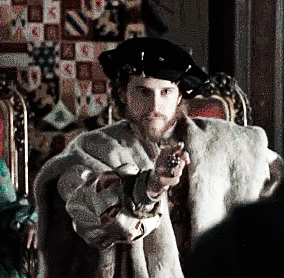
Amidst general rejoicing, Eleanor confessed to Charles how matters really stood between her husband and Madame d’Etampes. “She said how much humiliated and annoyed she was” by Francis’s extramarital affair but begged her brother “to go and pay his court to the said lady in so signal a manner that all should see and notice it”. It must have been humiliating for Eleanor to implore Charles to pay respects to the woman whose sole presence diminished her own position at court, but it shows that Eleanor was far more intelligent and politically savvy than she is given credit for. Madame d’Etampes wielded an extraordinary influence over Francis I, who could refuse her nothing. One word from the formidable duchess could make or unmake any alliance, and Eleanor knew it. Charles V did as he was told and, “with cap in hand went forward and embraced and kissed the lady most affectionately, waiting upon her all the time the collation lasted and saying many sweet things to her, as for instance that he wished very much to become the object of her affections, and to surpass even King Francis in his devotion and attentions.” Madame d’Etampes saw it as her unqualified success; Queen Eleanor saw it as a necessary evil.
But when Charles V was passing through France in late 1539, he failed to make much of the French King’s mistress, incurring her wrath. It was reported that after the Emperor’s visit, Anne de Pisseleu nurtured “angry feelings” towards him. If the Emperor thought that he could get away with ignoring Francis I’s mistress, he was wrong. The imperial ambassador at the French court, Jean de Saint-Mauris, reported that her heart was hardened against him “in such a way that it will be very difficult, nay, almost impossible, to appease her”.
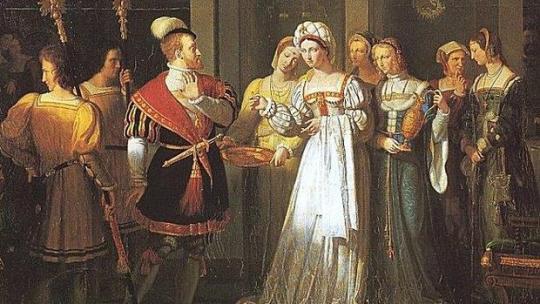
Eleanor dreamed about a firm peace treaty between her brother and husband for years. In 1544, yet again, she was instrumental in attaining it. She left France to meet with her brother and cement peace in the autumn of that year, taking Francis I’s younger son Charles, Duke of Orléans, with her. She was also accompanied by Anne de Pisseleu, travelling together in one litter. The reason Madame d’Etampes was invited in the first place was because Queen Eleanor realized that Madame’s approval of the course of foreign policy was essential in bringing peace between her brother and husband to fruition. This time, the Emperor made much of Anne de Pisseleu, presenting her with a jewel worth 6,000 crowns, half the value of the one he gave his sister the Queen. Eleanor had learned to accept Anne’s presence in her life. It was not always easy. In 1541, for instance, three of Eleanor’s Spanish ladies-in-waiting were banished from court “for speaking ill of Madame d’Etampes”, which means that they must have followed the Queen’s example.
Source:
Sylvia Barbara Soberton, Golden Age Ladies: Women Who Shaped the Courts of Henry VIII and Francis I
#eleanor of austria#anne de pisseleu d'heilly#charles V#madame d'etampes#french history#francis I#anne de pisseleu
7 notes
·
View notes
Photo

Leaving the gallery, we enter the bedroom of the king's mistress, Madame d'Etampes. The western wall above the staircase still retains the bedroom's elegant, erotic, suggestive frescoes and stucco nymphs by Primaticcio.
5K notes
·
View notes